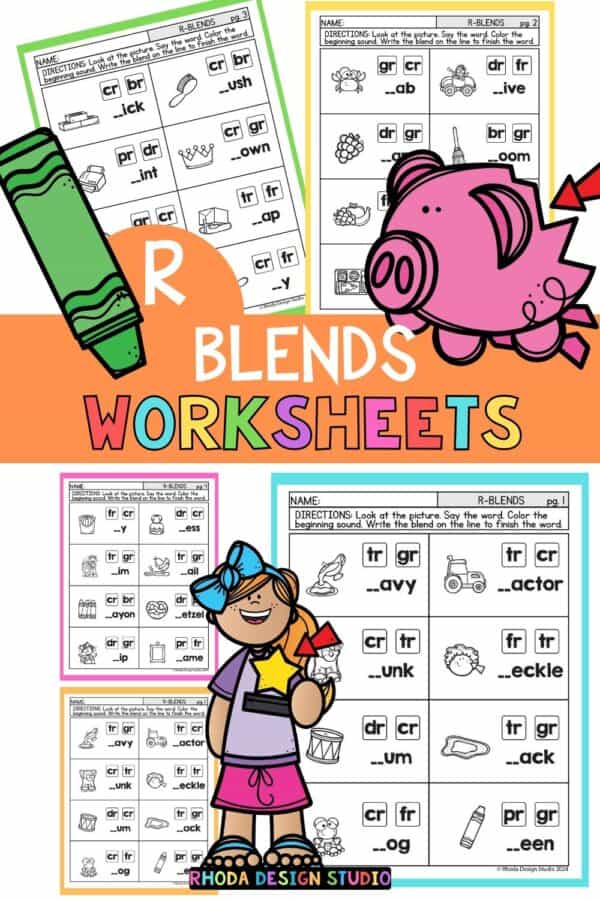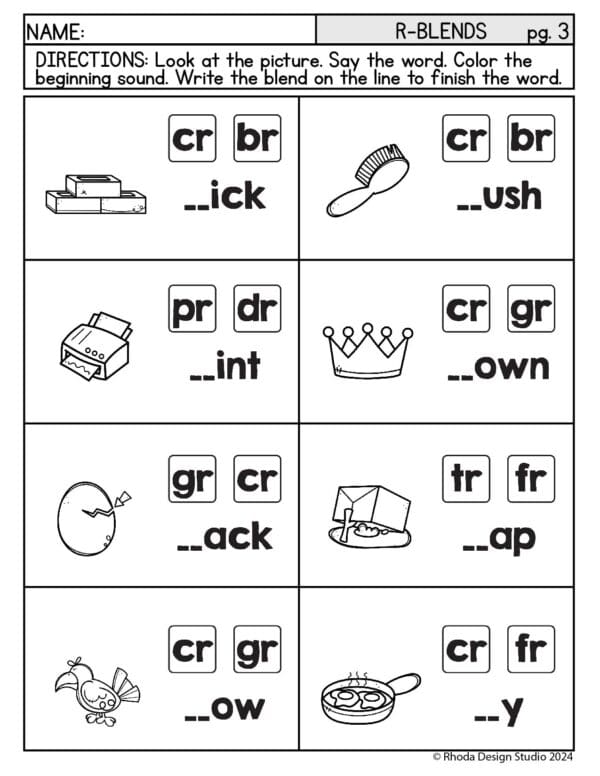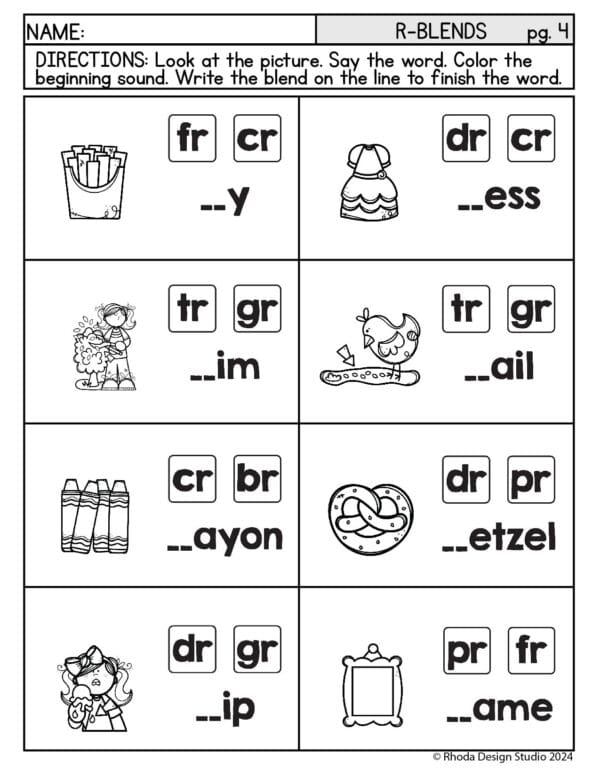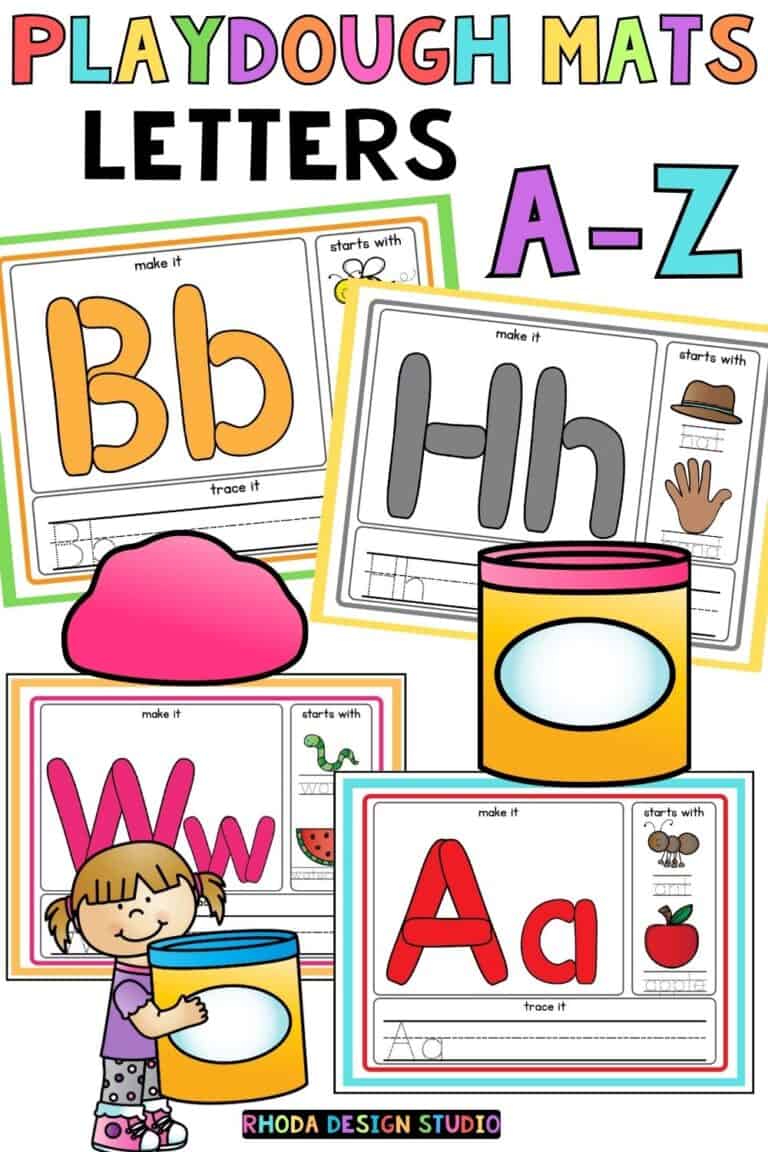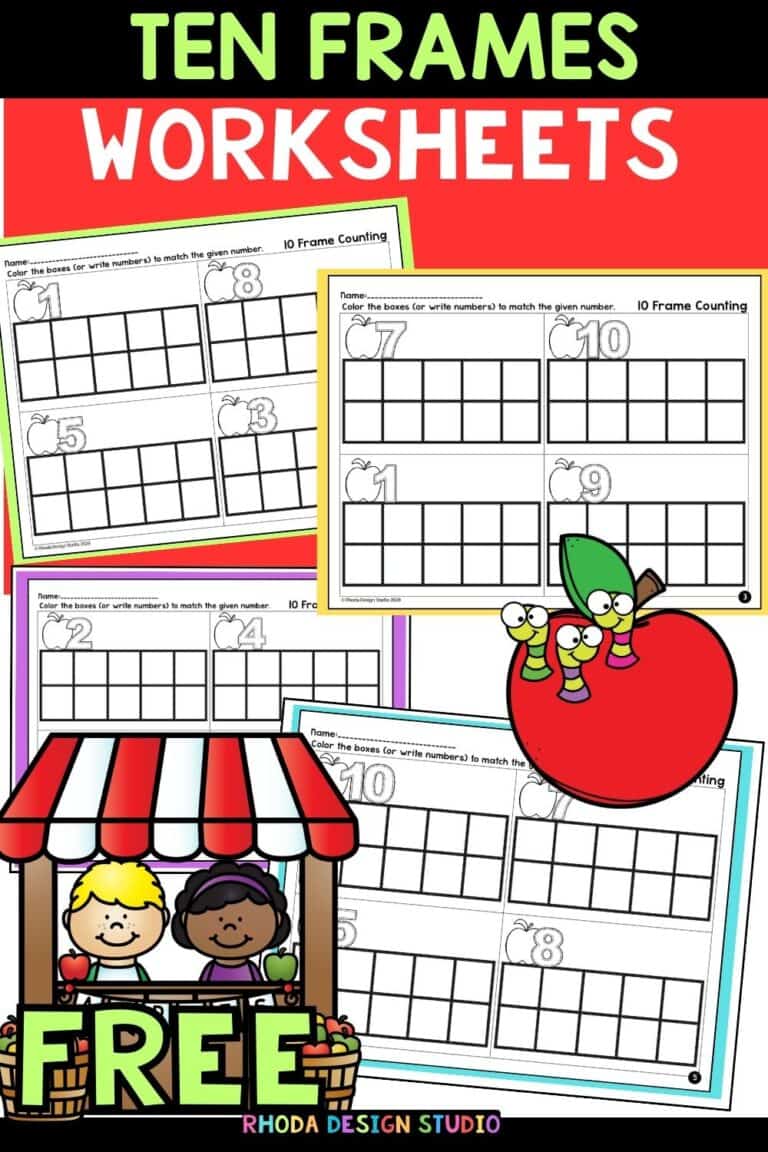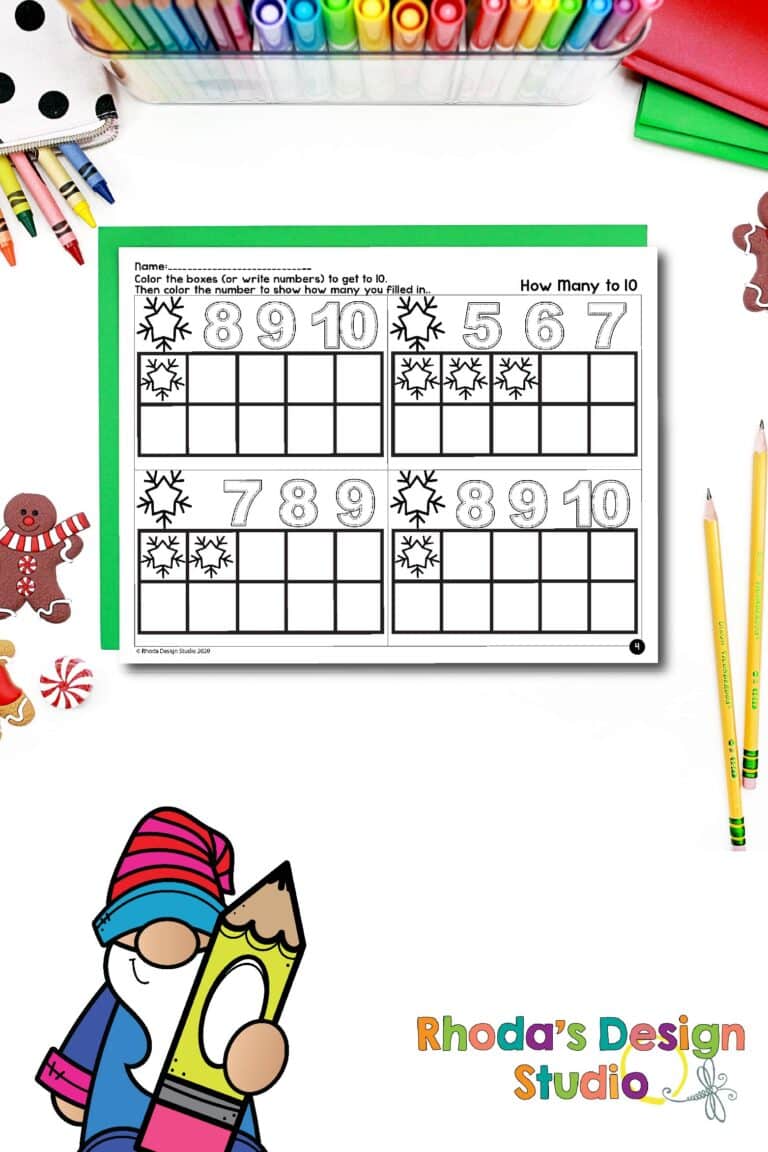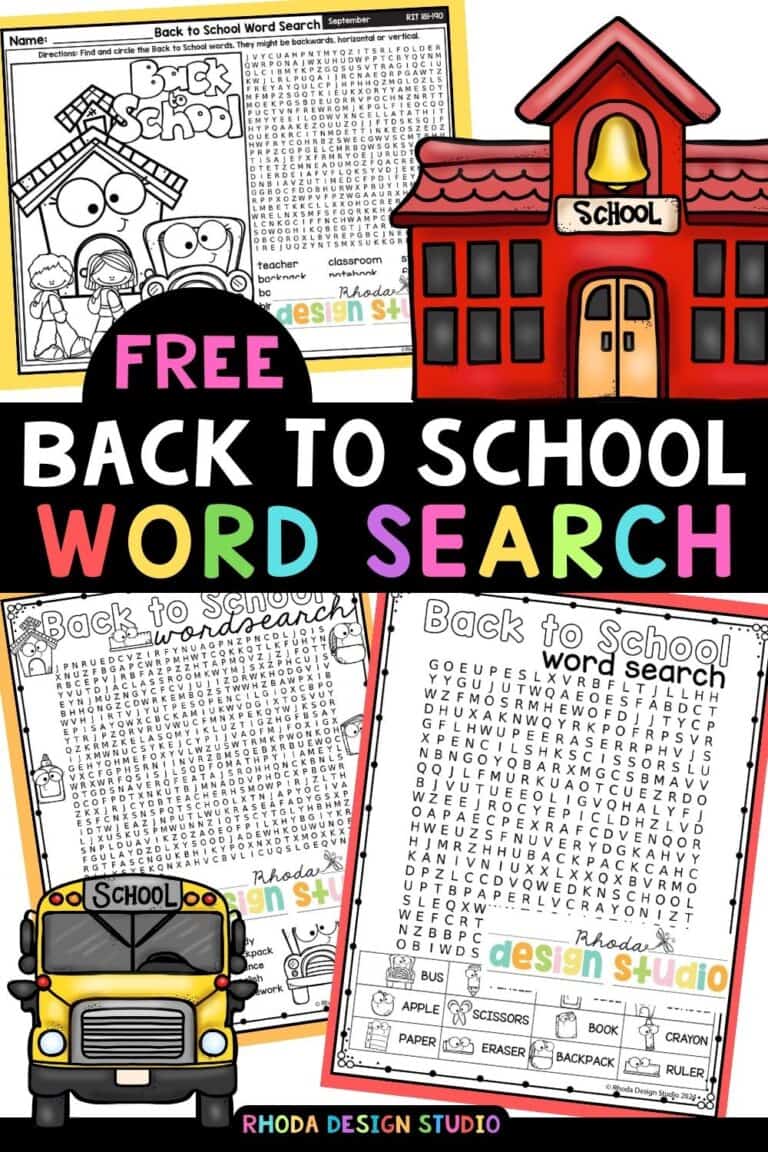10 Ways to Master R-Blends with Engaging Activities
R-blends may seem challenging at first, but with the right strategies, teaching these blends can be both effective and entertaining. Targeted towards homeschooling parents and pre-k to 1st-grade teachers, this listicle provides a compilation of tips to make the learning of r-blends a more enjoyable experience for children. By implementing engaging activities and fun worksheets, educators can help young learners master the sounds of r-blends seamlessly.

1. Create Interactive R-Blend Games
Turn r-blend practice into a game where children can match pictures with corresponding r-blend words. Board games like ‘Blends Bingo’ or ‘Roll-a-Blend’ incentivize learning by associating phonics practice with playtime.
2. Practice with Tongue Twisters
Craft tongue twisters that feature a variety of r-blend words. Repeating these playful sentences can be a delightful challenge and enhance students’ ability to distinguish different r-blend sounds.
3. Incorporate R-Blend Stories
Tell or write simple stories that are rich in r-blend words. Encourage children to listen for and identify r-blend sounds, boosting their auditory discrimination skills.

4. Use Fun Worksheets
Worksheets that focus on r-blends can reinforce learning through word searches, cut-and-paste activities, or fill-in-the-blanks exercises.
5. Engage with R-Blend Songs and Videos
There are numerous educational songs and videos designed to teach phonics and r-blends. These multimedia resources can provide an auditory and visual reinforcement of r-blend sounds.
6. Engaging Lessons Online
Kids love learning when it seems like a game. There are slides for all the different blends, including these r-blends) in my TPT shop. Students and teachers both love them because they are bright, vibrant and engaging.
7. Sorting Games with Real Objects
Collect objects or use pictures of items that begin with r-blends, and have the children sort them according to their initial sounds. This hands-on activity can solidify their understanding of r-blends.
8. R-Blend Flashcards
Use flashcards regularly as a quick and effective drill activity. Children can practice reading r-blend words and even create sentences with the flashcard prompts.
9. Craft and Color Activities
Pair r-blend practice with crafting or coloring activities. For example, children can decorate an ‘r-blend wheel’ and spin it to read out different words.
10. Encourage Creative Writing
Invite children to write short poems, sentences, or stories using r-blend words. This prompts them to actively think about the structure and sound of r-blends within the context of writing.
Practicing r-blends does not have to be a monotonous task. By employing these creative tips and making phonics an interactive and enjoyable process, educators can effectively foster phonetic awareness and lay a strong foundation for reading skills. Remember to celebrate each child’s progress and make learning a positive and rewarding experience.
